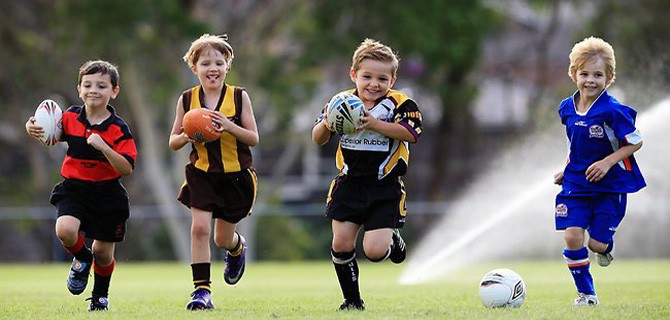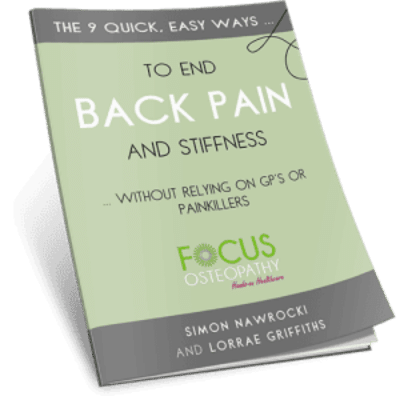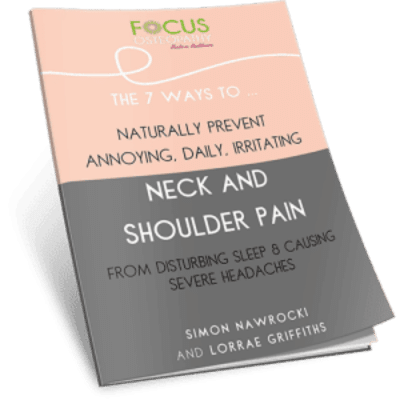Children and teenagers lead a busy, active lifestyle. Participating in after school activities, playing high levels of sport and not having enough down time can have a detrimental effect on their growing bodies. Add school into the mix where kids are carrying heavy textbooks, studying for long periods of time and sitting for hours and all of these factors will impact on a child’s physical health and will increase the risk of injury.
During their pre-adolescent and adolescent years kids go through excessive skeletal growth. Depending on your child this may happen gradually or all at once. Unfortunately most children and adolescents are unable to support these changes because of poor strength. Take these growth spurts and add poor stability and you will get greater load put onto joints, muscles and bones. This is where targeted exercises focused on strength and stability becomes necessary.
Exercise Physiologists specialise in injury rehabilitation and prevention through exercise prescription. They prescribe specific exercises which will improve your child’s core strength, hip strength, posture, functional strength, flexibility and balance. Not only will this greatly reduce their risk of injury, it will improve their overall sports performance and lower limb biomechanics. The following types of injuries common to kids and adolescents require an individualised exercise program to return them back to full function and avoid further injury.
1. Sports or acute injuries which are caused by a sudden trauma, these will include:
- Ligament sprains
- Tendon or muscle strains
- Bone fractures
- Facet joint irritation
- Disc bulges
2. Overuse injuries which occur gradually overtime and may be due to playing high volumes of sport. These injuries can affect tendons, ligaments, bones, muscles or growth plates, for example:
- Low back stress fractures
- Foot stress fractures
- Facet joint irritation
- Disc bulges
- Hip pain
- Foot or arch pain
3. Postural injuries which can be caused by carrying heavy textbooks, studying or sitting for long periods, including:
- Neck pain
- Tension headaches
- Shoulder pain
- Low back pain
4. Growth plate injures which are due to fast growth rates in children including:
- Osgood-Schlatter’s disease
- Severs disease
- Include warm up and cool downs before and after sport
- Ensure your child is getting enough sleep and rest
- Encourage practicing and learning correct technique
- Encourage your child stay hydrated and eat nutritional meals
- Include stretching and flexibility exercises into their routine
- Be familiar with the signs of overtraining:
- Legs feeling heavy and sore
- Poor eating habits or loss of appetite
- Poor sleeping patterns
- Losing weight
- Technique worse than normal
- Lack of concentration and motivation
- Aggressiveness
If your child is displaying any of the above signs or has been injured in the past, make sure you contact us at Focus Osteopathy to arrange an assessment.





